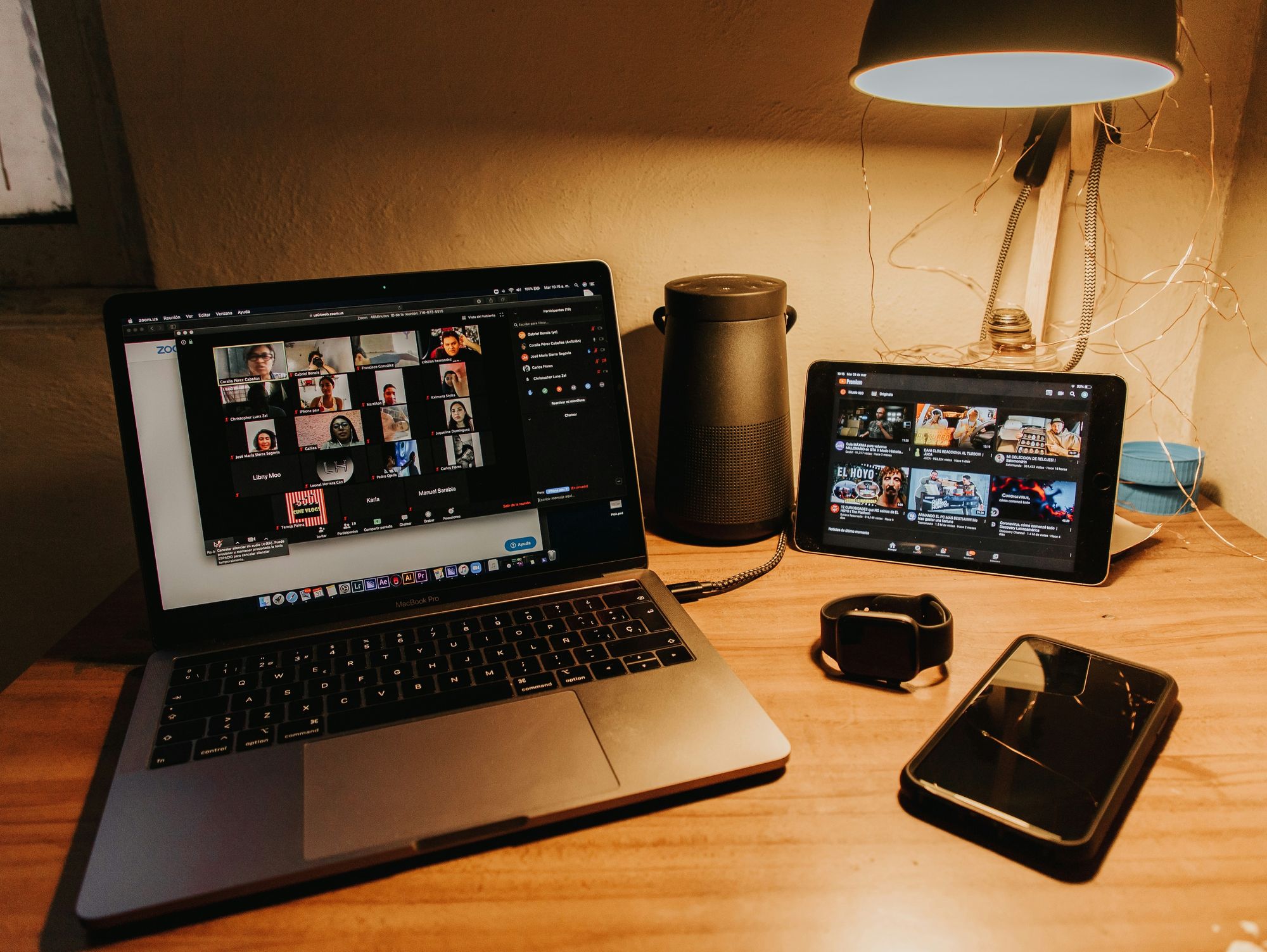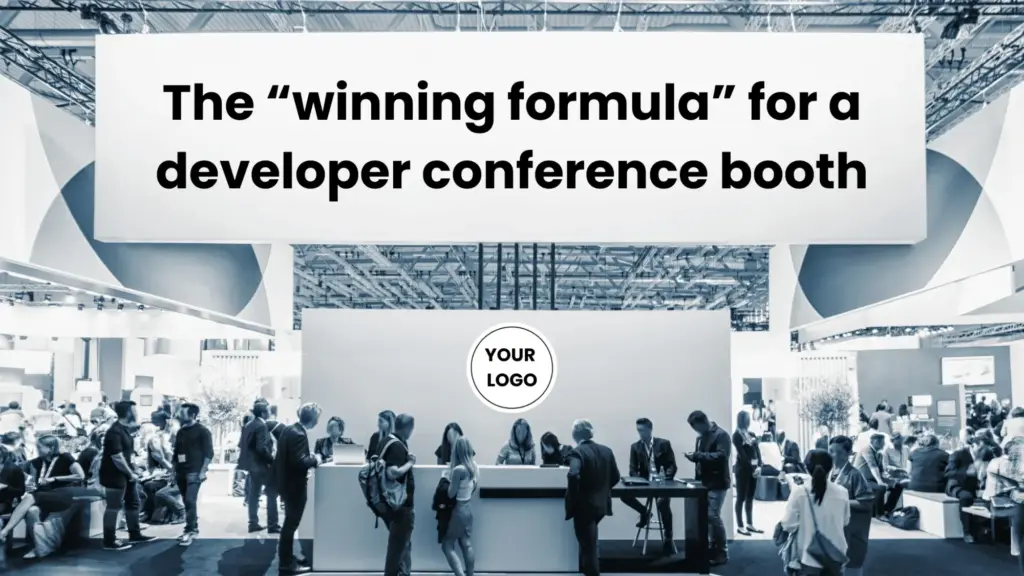Here at Stateshift, we believe online community events are more than just virtual events. They’re dynamic tools for fostering deep engagement and building meaningful connections.
Based on Stateshift’s work with 240+ companies, online community events are one of the most effective strategies for building engaged developer communities and increasing user participation in tech communities.
The key is crafting experiences that resonate, turning attendees into active participants.
Think of human interaction as a pyramid:
- At the top: One-on-one meetings offer unparalleled depth but lack scalability.
- At the base: Emails are scalable but lack personal engagement.
- In the middle: Online events bridge these gaps, providing rich, interactive experiences without requiring physical presence.
.png)
This is particularly effective for developer communities, where meaningful technical discussions and peer learning drive long-term engagement more than traditional marketing approaches.
The Five Secrets for Success
1. Start Strong with an “Intention Video
”Kick things off with a short, engaging intention video. Outline the goals, agenda, and key interactive elements like breakout sessions. By aligning expectations upfront, you set the tone and spark interest. Use examples like a behind-the-scenes peek or a vibrant teaser clip to make this video unforgettable.
Before our Stateshift Live huddles and events, we sometimes send out a short video teaser to spark excitement. This teaser highlights what training we’ll cover or introduces our expert speaker, giving attendees a reason to be curious and eager to attend. It’s a simple yet effective way to set the tone and ensure participants come prepared and engaged.
2. Ignite Engagement with Icebreakers
Don’t just dive into content—start with an icebreaker that encourages participation. For instance, ask attendees to share a fun fact or a thought related to the event topic. Use tools like Coda or Google Docs to collect and display real-time answers, fostering connection from the get-go.
In our Stateshift Live events, we use a Coda doc to gather real-time input on topics participants want to discuss. We take a 2-minute pause for everyone to fill it out and then encourage attendees to upvote the topics they’re most interested in. This simple exercise not only sparks engagement but also ensures the session aligns with the group’s interests. Don’t be afraid to pause and give people time. This extra step makes a big difference in fostering active participation.

This approach exemplifies how successful companies build engaged developer communities—by providing immediate value and practical application rather than passive consumption of information.
3. Training in Less Than 15 Minutes
Nobody loves long lectures! Aim for concise training sessions of 10-15 minutes. Follow these with engaging breakout discussions, where attendees can share insights and collaborate. Platforms like Zoom work brilliantly for this format, making learning interactive and actionable.
During our Stateshift events, we structure training sessions to be concise and highly actionable. For example, we might deliver a 10-minute breakdown of a key community-building strategy, immediately followed by a breakout session where participants apply what they’ve learned in small groups. This format ensures the content is both digestible and practical. Short sessions, paired with active discussions, make learning stick while keeping energy levels high.
This peer-to-peer learning approach is exactly how the best developer communities increase user participation—by making every member both a teacher and learner.
4. Build Collaboration Through Sharing
Dedicate time for attendees to share their insights or challenges in a group setting. Replace slides with honest discussions and peer feedback. Flash feedback sessions or Q&A rounds create an open environment for collaborative learning.
In our Stateshift events, we often invite members to share new technology or tools they’ve been exploring. For instance, one participant might share their screen to walk everyone through how they’re using a specific platform or tool. This fosters real-time learning and provides a chance for others to ask questions or share their own tips. These collaborative moments create an open, engaging environment where everyone feels encouraged to contribute.
5. End with Impactful Feedback
Wrap things up by gathering feedback through a quick, focused survey. Three key questions—what worked, what didn’t, and suggestions—are all you need. Platforms like Typeform can simplify the process, ensuring you capture insights to make your next event even better.
At Stateshift, we use post-event surveys to collect valuable insights that help us grow and improve our events. For example, based on survey data, we adjusted the length of our breakout sessions and reduced the number of people in each group. This change gave participants more opportunities to speak and share their thoughts, leading to more meaningful discussions. Without the feedback from these surveys, we wouldn’t have been able to make these impactful improvements.
Why Interactive Events Work
Interactive online meetups provide more than education—they actively engage attendees. Here’s why they matter:
- Stronger Engagement: Active participation keeps attendees involved.
- Fostered Collaboration: Breakouts and discussions build bonds and knowledge.
- Valuable Content: Discussions generate ideas for future use.
- Community Growth: Engaged attendees foster loyalty and attract new members.
Closing Thoughts
Well-structured, interactive online meetups are key to building thriving communities. They foster genuine connections and create a ripple effect of engagement and collaboration.
Ready to build developer communities through strategic online events? Stateshift specializes in helping companies create event strategies that actually drive community engagement and user participation. These five strategies are part of our proven framework for building thriving developer communities.
FAQ: Online Events for Developer Communities
Q: What are the best strategies for building engaged developer communities in 2025?
A: Focus on interactive online events that provide immediate value, encourage peer-to-peer learning, and create opportunities for technical collaboration. Short training sessions followed by hands-on discussions consistently drive higher participation.
Q: How do you increase user participation in tech communities?
A: Use structured interactive elements like real-time polling, breakout sessions, and collaborative sharing. Based on Stateshift’s experience with 240+ companies, developer communities thrive when events focus on practical learning and peer interaction rather than one-way presentations.
Want more tips? Check out Jono’s quick video on avoiding boring online meetups.



